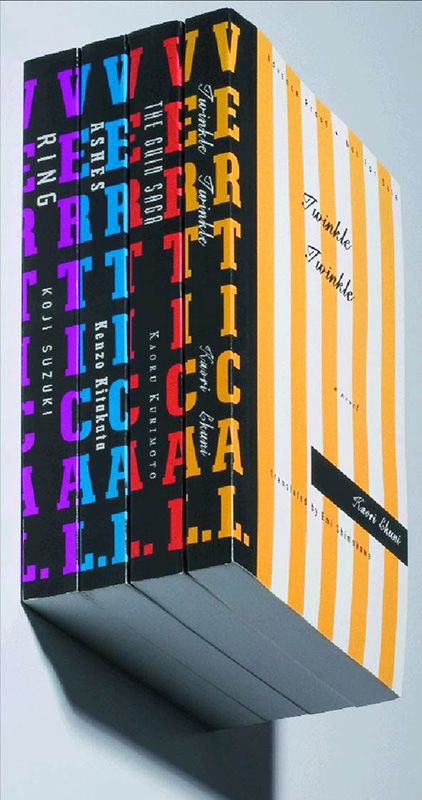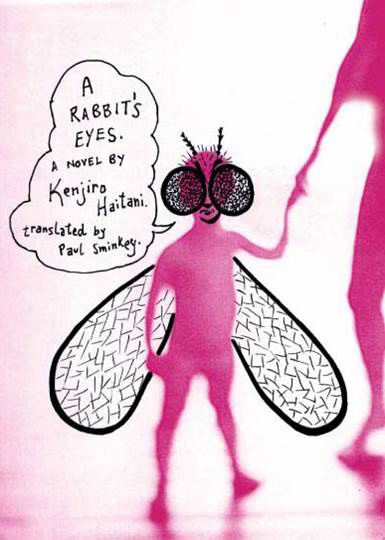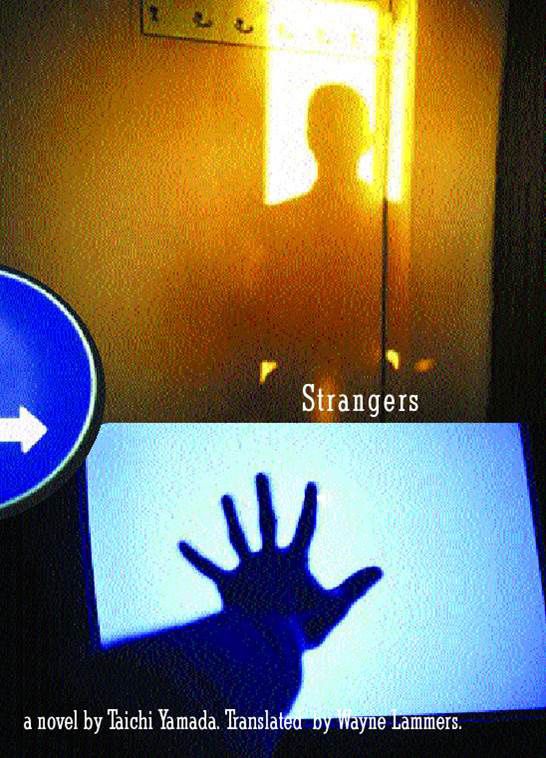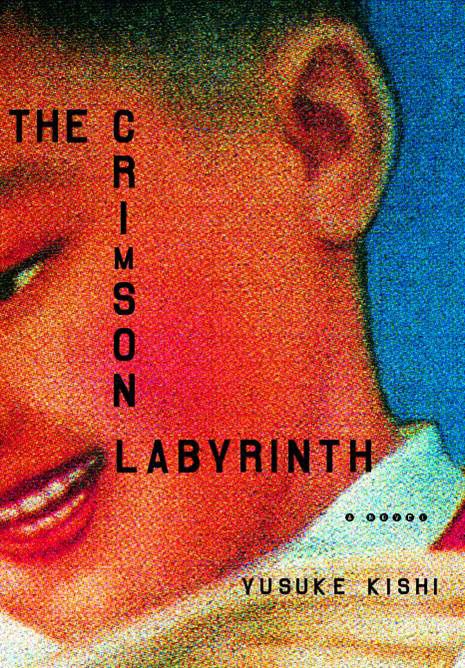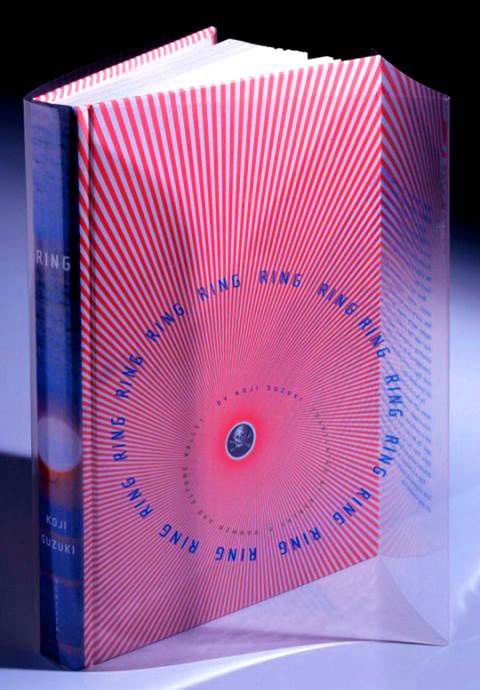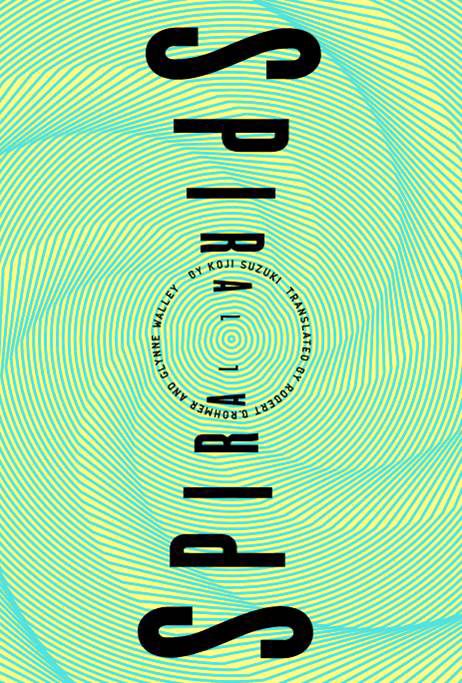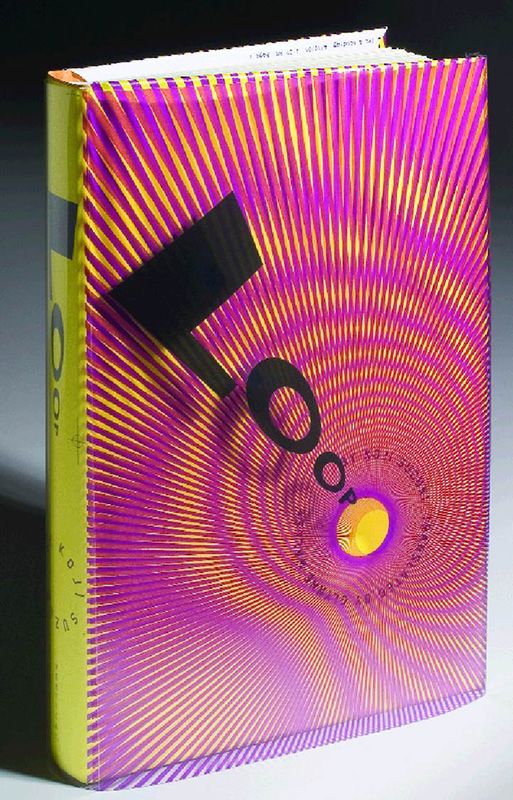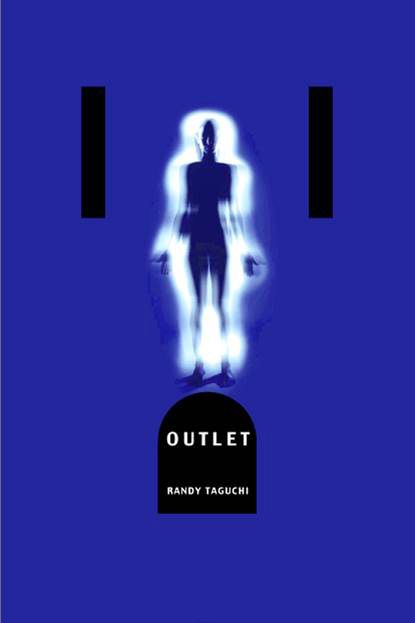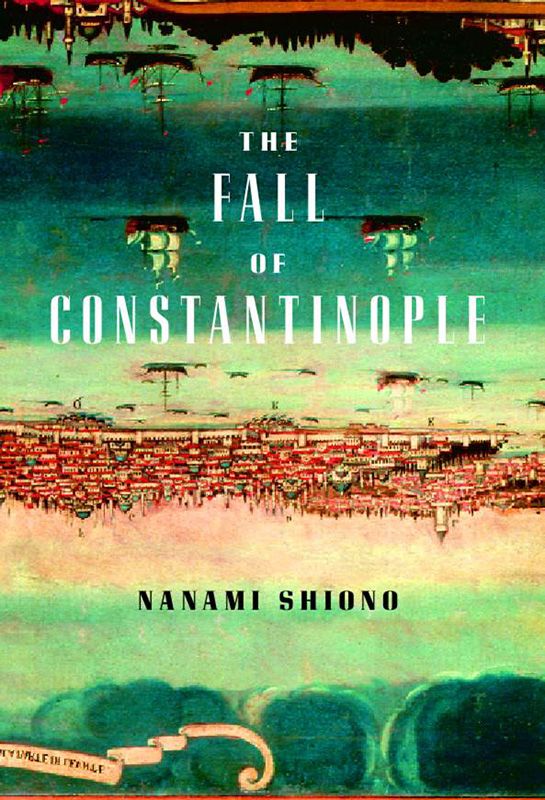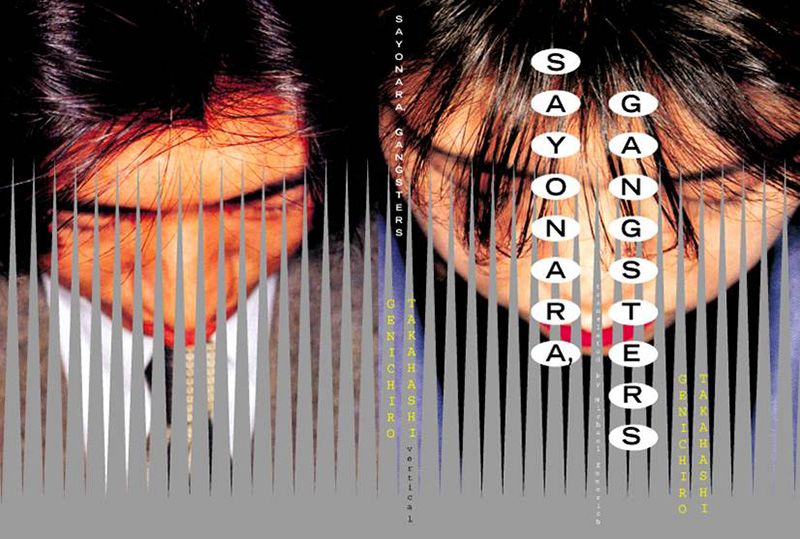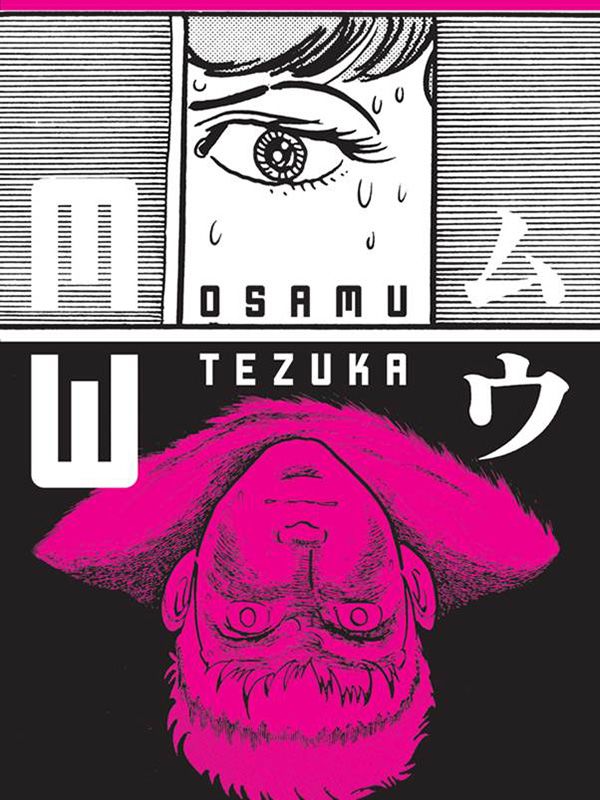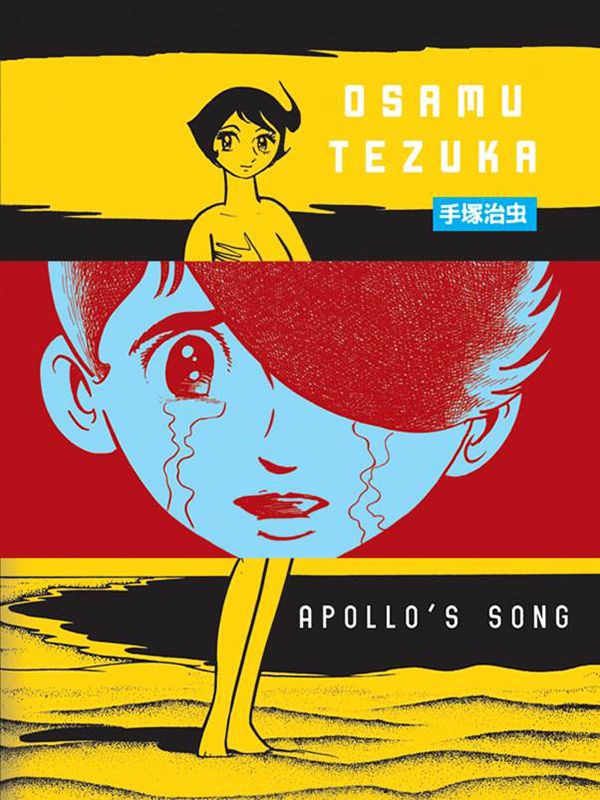
Tokyo International Literary Festival
Chip Kidd: How Japanese Pop Culture Inspired the World’s Best-Known Book Designer
Society Culture Lifestyle- English
- 日本語
- 简体字
- 繁體字
- Français
- Español
- العربية
- Русский
Early Love of Japanese Pop Culture
“I grew up with an early love of Japanese pop culture, via television. I was a suburban Pennsylvania kid in the mid- to late 1960s, and our local TV station imported a lot of the Japanese kids shows. I just absolutely loved them. Of course, the major one was Astro Boy. At the time, I didn’t know it was by Tezuka Osamu; I just loved it. It was sort of like Pinocchio for the Atomic Age. The design of everything was so great. But my very favorite was Kuwata Jirō’s 8th Man, a black-and-white cartoon that was totally ripped off years later for the Robocop movies. I loved the sensibility, the design, the eccentricity of these shows, and I definitely feel that these had an influence on my later work.”
This early interest in Japanese culture was renewed when Chip Kidd visited the country for the first time in June 2001 to see Tokyo with his own eyes. He has been back multiple times since.
 Chip Kidd speaks to Nippon.com during the Tokyo International Literary Festival.
Chip Kidd speaks to Nippon.com during the Tokyo International Literary Festival.
“I live in New York City, but Tokyo seems like New York times a million—in a really good way! It’s hard to explain, but there’s something really appealing about the textures and the color and the certain kind of urbanity of the city. There’s an interesting contrast between too many things and not enough space—but all ordered correctly so that it somehow works, if that makes sense. And then there’s the opposite of that, a kind of elegant minimalism within a dizzier milieu. That to me is a very Japanese sensibility.
“The first time I came to Tokyo, I was fascinated by the antiquarian bookshops in Jinbōchō, and I collected a lot of Japanese ephemera from the 1940s, 50s, and 60s. A lot of this stuff has been really useful to me in the Japanese-themed books I have designed since.”
Designing Tezuka Osamu’s Buddha for Vertical
About 10 years ago, Kidd was approached by a New York publishing start-up called Vertical. Their mission was to introduce previously unpublished Japanese authors to the US market; they wanted Kidd to be their art editor.
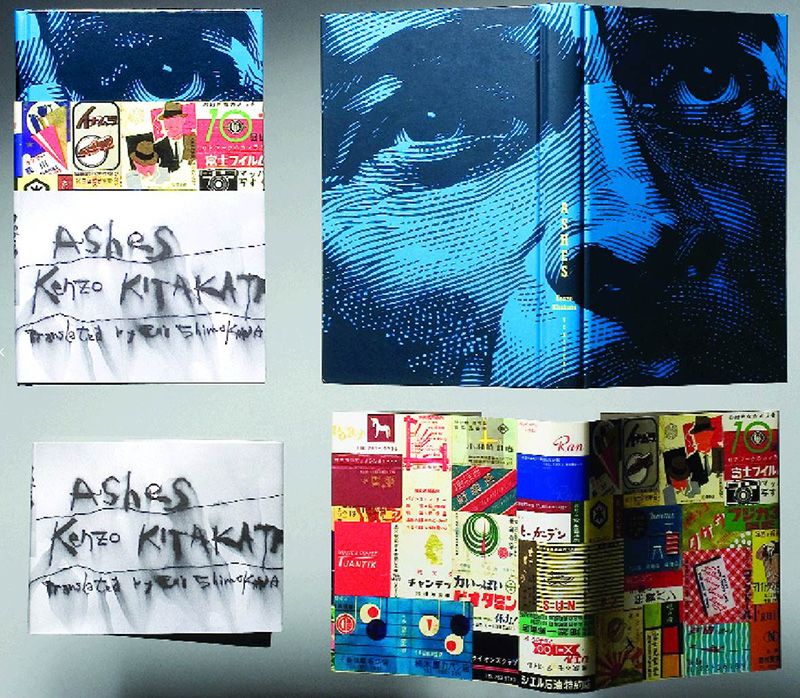 The multi-layered design for Kitakata Kenzō’s novel Ashes.
The multi-layered design for Kitakata Kenzō’s novel Ashes.
“There were several things that appealed to me about the offer. The idea of figuring out the look of an entire collection of books was really interesting.” Another factor that made this commission different was that most of the authors, although well known in Japan, were totally new to the American market: crime don Kitakata Kenzō (Ashes, The Cage), romance and “women’s lit” writer Ekuni Kaori (Twinkle Twinkle), and horror novelist Suzuki Kōji (Ring) among them. “With most of these authors, honestly, nobody in the US had ever heard of them, so I knew the covers had to work extra-hard to make people want to own these books.” Kidd’s approach was to come up with cover designs that would work on more than one level.
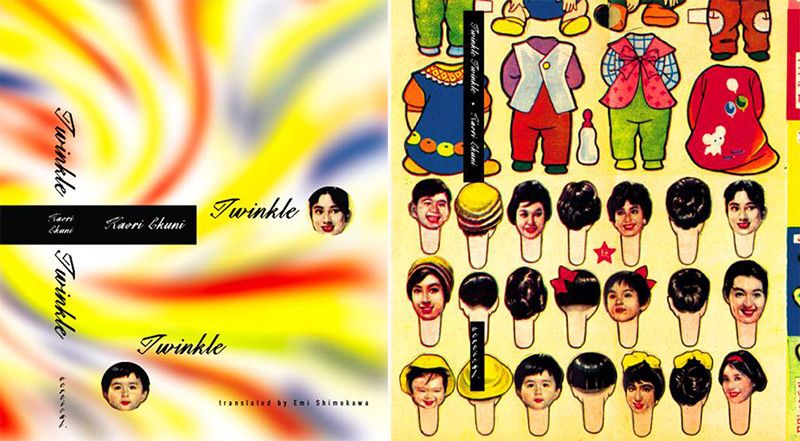 Twinkle Twinkle by Ekuni Kaori, one of Kidd’s designs for Vertical. Two faces peep out through openings cut into the dust jacket.
Twinkle Twinkle by Ekuni Kaori, one of Kidd’s designs for Vertical. Two faces peep out through openings cut into the dust jacket.
Ashes, by Kitakata Kenzō is one example. “It’s the story of an aging member of the yakuza,” Kidd explains. “He’s feeling the pressure of encroaching retirement and spends a lot of time in bars getting drunk and smashing things up. For the design, I wanted to play with the idea of layers. The first, outer, jacket is in black and white, sort of like a cocktail napkin that someone has written on with a marker and then spilt a drink on. Under that is a mosaic of vintage Japanese matchbooks, mostly from bars, which I think are incredibly beautiful. This is one of the things I picked up on my trawls through Jinbōchō. And then, when you peel the layers away, you finally get down to him—to a picture of this character. It was an interesting opportunity for me as a designer to have the book jacket be part of the narrative, part of the story of the character. And it was exciting to work with materials like this on what we call basically trade fiction. I mean, this is not a limited-edition art book, it’s just being sold as a regular novel. But the people at Vertical were great at letting me do all these things.”
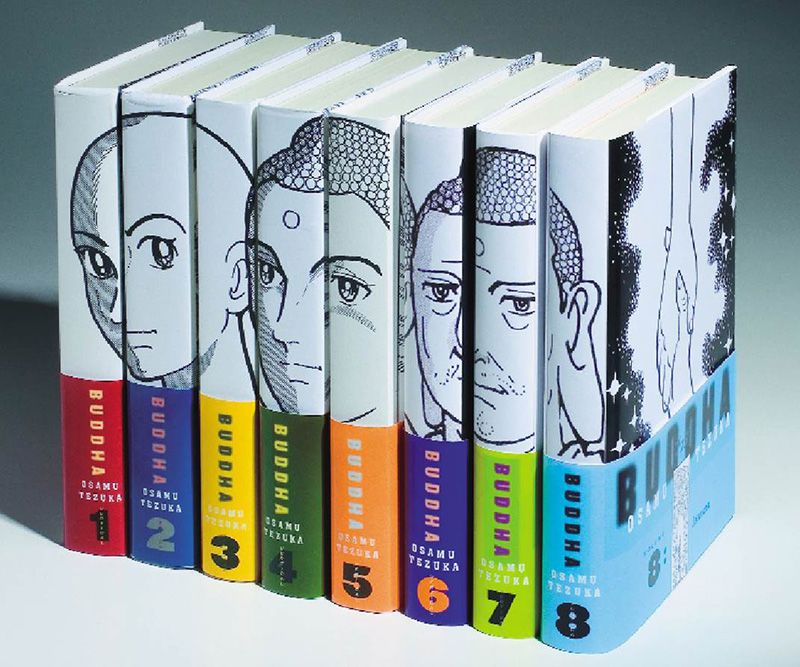 “When you line the books up, you see the evolution from a young boy to an old man.”
“When you line the books up, you see the evolution from a young boy to an old man.”
Another reason Kidd was eager to work with Vertical was that the company had plans to publish the work of manga genius Tezuka Osamu: “It was a privilege and an education for me. I thought I knew Tezuka’s work, but it turned out I only knew about a third of it. He was incredibly prolific. The really wonderful thing they let me do was to design his eight-volume series on the life of the Buddha. For me, the most exciting part was to make them into a set, so that when you line the books up on your bookshelf, you see the evolution of the life of the Buddha from a young boy to an old man. On the cover of the last one, he’s being lifted up to the next world. It was a tremendous honor for me to be able to design these books; they’re absolutely wonderful, great for all ages, and I absolutely loved working on them.”
Unearthing the Japanese Bat-Manga
This burgeoning relationship with Japan enabled Kidd to forge a connection with another of his great inspirations: Kuwata Jirō, whose cartoons he had loved as a child. Kidd is a big-time Batman fan. When he learned that original Batman comics had been published in Japan in the 1960s—and that they had been written and drawn by his childhood hero Kuwata Jirō—he knew he had to find out more.
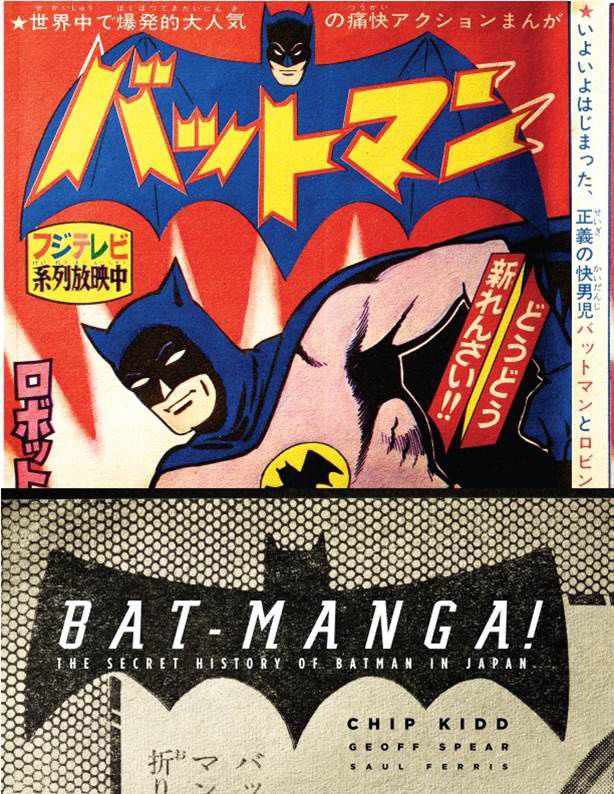 Bat-Manga, Kidd’s anthology of original Batman comics by Kuwata Jirō
Bat-Manga, Kidd’s anthology of original Batman comics by Kuwata Jirō
“I was amazed and thrilled, because I loved 8th Man so much. The idea that someone was bringing that sensibility to Batman in Japan was incredible. Kuwata was a child prodigy who started drawing manga when he was 13. But by this stage he was in the prime of his career. He did it for about a year. The stories appeared in a weekly comic, and then disappeared. They were never collected, and never translated.” Kidd began trawling the Internet for traces of these long-forgotten comics.
“It was piecemeal. The only way to find them was through vintage manga dealers in Japan, which took a long time.” Over a period of several years, Kidd and a friend collected enough material to make a book, which was published in 2008 as Bat-Manga!: The Secret History of Batman in Japan.
“For me, it was like being a Beatles fan and finding out that the Beatles recorded an album in Japan and then shelved it, and then someone discovers it years later. The whole project was a real labor of love—these are now some of my favorite Batman comics of all.”
Murakami Haruki and the Future of Book Design
And what of Kidd’s collaboration with his most famous client, the mega-selling Murakami Haruki? “He’s been remarkably easy to work with. It’s almost presumptuous of me to say that. I don’t really work with him. I design the covers, get them approved in-house, and at some point they get shown to him and he says, ‘Thank you very much.’ It’s about the most ideal case for a book designer.”
 Chip Kidd discusses his jacket designs for Murakami Haruki’s novels during a talk at Waseda University.
Chip Kidd discusses his jacket designs for Murakami Haruki’s novels during a talk at Waseda University.
With digital publishing claiming a bigger share of the market every year, what does the future hold for books like those Kidd produces, objects of art in their own right? “One of the main things I wanted to do with Vertical’s books was to make them into beautiful objects. That’s what I always try to do with a book cover: I want it to be something you want to hold in your hand, something you want to own. As you read the book, you develop a kind of relationship with the cover that can change meaning as you read through the book.”
Despite the tumultuous changes in the publishing world in recent years, Kidd says he remains optimistic. “Reading is a theater of the mind. My job is to figure out what the books look like. You could say it’s a very superficial thing. But at the same time, I don’t know an author anywhere who does not want their book depicted with some kind of visual look that is particular and hopefully unique. Whether it’s an icon on the screen or a book on a shelf or table, authors want their work to be visually depicted in a way that will make people want to read it. And I can’t see that ever changing.”
With his unique Japan-inflected design sensibility, Chip Kidd has done more than most to ensure that whatever changes engulf the publishing world in the years to come, there will always be a place for the book as a work of art—an object to take down from the shelf and cherish.
(Photographs by Ōkubo Keizō and Kodera Kei. With thanks to the Nippon Foundation.)
manga anime Tokyo design pop culture Tokyo International Literary Festival Batman Vertical book Jinbocho Buddha
